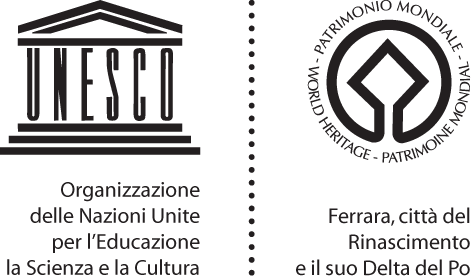Return to Ferrara - The universe of Leo Contini Lampronti
Exhibitions
The exhibition Return to Ferrara. The universe of Leo Contini Lampronti, curated by Hava Contini and Yael Sonnino-Levy, is a path leading to the discovery of an eclectic, ironic and highly imaginative artist.
Leo Contini Lampronti was born in Nice in 1939. Although the family was originally from Ferrara, he moved to Tel Aviv after his degree in nuclear engineering. In Israel he explored and experimented several forms and techniques, devoting himself entirely to art, comparing languages, words, and worlds.
His production ranges from drawings, Judaica (Jewish ritual objects), sculptures, paintings, original creations – including tototomies, anasculptures and ARKS. The lasting bond with a physical and metaphysical Ferrara, his parents’ city, re-lives in his canvases in a happy and original manner maintaining his mysterious appeal, lingering through time.
The MEIS exhibition honours the artist who died in 2020 and whose story is a piece of the 20th century history of Italian Jewry.
Where
MEIS - Fondazione Museo Nazionale dell'Ebraismo Italiano e della Shoah - Via Piangipane 81 - Ferrara
When
From November 11th, 2023 to February 2nd, 2024
Opening
From Tuesday to Sunday 10.00-18.00.
The ticket office closes at 17.15.
Closed 25th December, 1st January.
Closing days
- Monday
Price
Full price € 10.00; reduced € 8.00
Reduced groups, family € 6.00
Schools € 2.00
Contacts
Museo Nazionale dell'Ebraismo Italiano e della Shoah - Via Piangipane 81 - Ferrara







